6 foods that aren’t as healthy as you think
These foods can be deceptively full of fat, sugar and calories.

Clever marketing, celebrity endorsements or social media trendiness can make it easy to think certain foods are healthy, but it’s important to learn how nutritious (or not!) they really are. If you train yourself to read labels more carefully, you can spot the imposters before you even toss them into your shopping cart.
Learn which so-called healthy foods are deceiving… Show More
Clever marketing, celebrity endorsements or social media trendiness can make it easy to think certain foods are healthy, but it’s important to learn how nutritious (or not!) they really are. If you train yourself to read labels more carefully, you can spot the imposters before you even toss them into your shopping cart.
Learn which so-called healthy foods are deceiving you and how to kick up their nutritional value.
Show Less
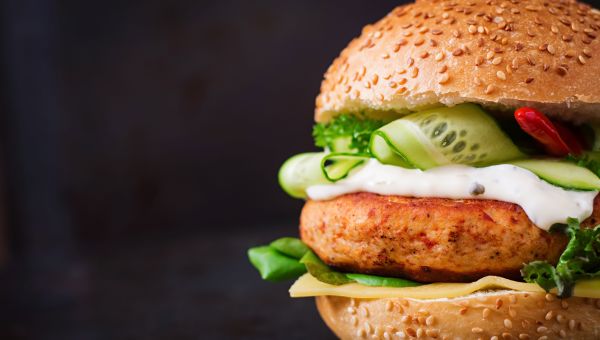
Ground Turkey
Ground turkey is widely regarded as a healthy swap for ground beef in dishes like hamburgers, but only if you choose wisely. Some ground turkey contains fatty dark meat and skin, along with white meat. In some cases, ground sirloin may have less saturated fat.
How can you avoid this BBQ blunder? Be… Show More
Ground turkey is widely regarded as a healthy swap for ground beef in dishes like hamburgers, but only if you choose wisely. Some ground turkey contains fatty dark meat and skin, along with white meat. In some cases, ground sirloin may have less saturated fat.
How can you avoid this BBQ blunder? Be sure to read your meat labels closely and opt for variations that are at least 93 percent lean. Ground turkey breast will have about a half of a gram of saturated fat; any meat with more than half a gram might include dark meat. Go easy with the toppings as well. Loading your turkey burger up with cheese and sauces adds even more calories.
Show Less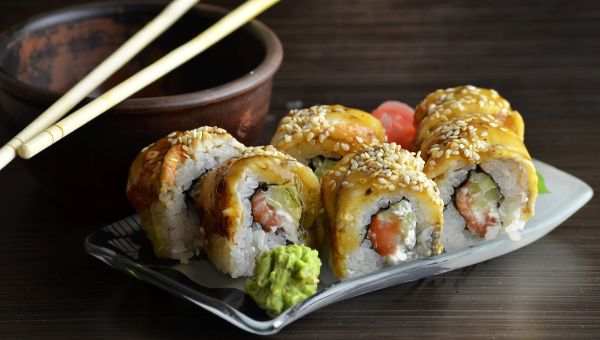
Sushi
Fresh seafood and rice may seem harmless, but something smells fishy here. Sushi rolls are often doused in various sauces that can be high in fat, sodium and sugar. Extra ingredients such as cream cheese and spicy mayonnaise can add up to 100 calories to your roll! Plus, most sushi is made with… Show More
Fresh seafood and rice may seem harmless, but something smells fishy here. Sushi rolls are often doused in various sauces that can be high in fat, sodium and sugar. Extra ingredients such as cream cheese and spicy mayonnaise can add up to 100 calories to your roll! Plus, most sushi is made with white rice, a refined carbohydrate that has very little nutrients or fiber.
To enjoy sushi the healthy way, ask for brown rice instead of white, say no to deep fried rolls and use a reduced-sodium soy sauce.
Show Less
Couscous
Just because couscous can be found on the same grocery shelf as quinoa doesn't mean it packs the same health punch. Couscous is actually a type of white pasta, not an ancient grain.
So instead of reaching for this refined grain, grab tasty options such as amaranth, fonio, freekeh or teff. If you're… Show More
Just because couscous can be found on the same grocery shelf as quinoa doesn't mean it packs the same health punch. Couscous is actually a type of white pasta, not an ancient grain.
So instead of reaching for this refined grain, grab tasty options such as amaranth, fonio, freekeh or teff. If you're really craving that couscous consistency, try a whole grain version. If you must have couscous, serve it as part of a salad, loaded with tons of veggies and protein packed chickpeas.
Show Less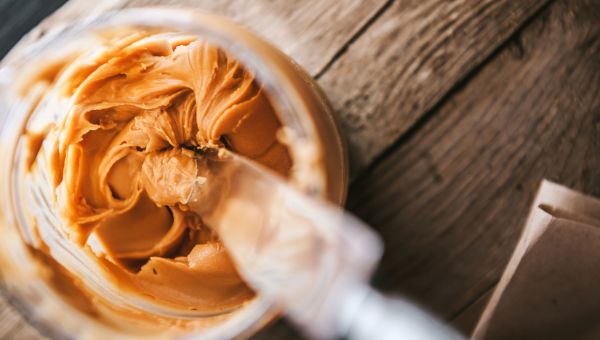
Nut Butters
Nuts are a nutrient powerhouse. So, nut butters must be just as healthy, right? Unfortunately, that’s not always the case. Many nut butters can contain sneaky, not-so-good-for-you ingredients like palm oil, vegetable oil and added sugar, which means extra calories. Check out the ingredient list on… Show More
Nuts are a nutrient powerhouse. So, nut butters must be just as healthy, right? Unfortunately, that’s not always the case. Many nut butters can contain sneaky, not-so-good-for-you ingredients like palm oil, vegetable oil and added sugar, which means extra calories. Check out the ingredient list on the jar next time you’re shopping for nut butter; it shouldn’t contain much more than two or three ingredients total.
Don't be fooled by fat-free variations either. Nuts are naturally fatty, but it’s monounsaturated, the good kind of fat that can help prevent heart disease, stroke and diabetes. Spreads that remove fat are probably compensating for flavor with lots of added sugar.
Show Less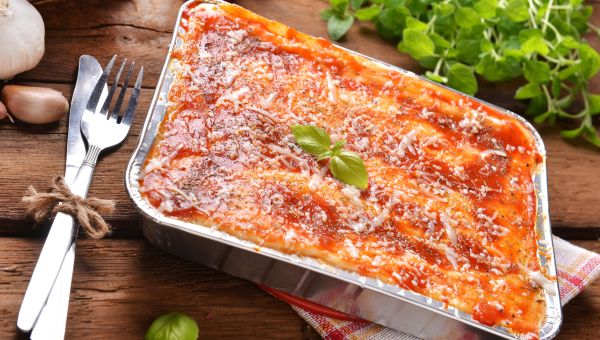
Frozen Diet Dinners
These ready-in-minutes meals sometimes have deceptive, “healthy” names, but in reality, many aren’t that good for you. While they're low in calories, these processed foods are full of additives and don’t deliver when it comes to the vitamins and nutrients you need.
Many of these meals also lack… Show More
These ready-in-minutes meals sometimes have deceptive, “healthy” names, but in reality, many aren’t that good for you. While they're low in calories, these processed foods are full of additives and don’t deliver when it comes to the vitamins and nutrients you need.
Many of these meals also lack vital fruits, veggies and whole grains. Pass on frozen dinners for a home-cooked meal instead. For a real healthy frozen meal, double your favorite recipe and stash half in the freezer for the future. If you love the convenience of a premade dinner, look for one of these frozen dinners.
Show Less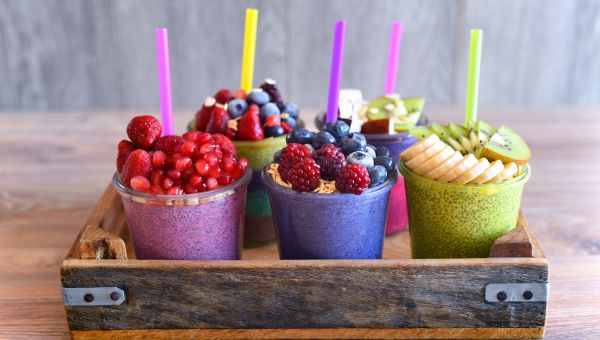
Smoothies and Juices
From green smoothies to cold-pressed juices, green drinks are becoming increasingly popular in the health world.
The main issue with smoothies? Portion size. Because smoothies seem like a harmless snack, we tend to overindulge in super-sized drinks. A larger serving size equates to more… Show More
From green smoothies to cold-pressed juices, green drinks are becoming increasingly popular in the health world.
The main issue with smoothies? Portion size. Because smoothies seem like a harmless snack, we tend to overindulge in super-sized drinks. A larger serving size equates to more calories—sometimes as many as a cheeseburger! Plus, if you're buying your beverage rather than making it at home, there may be added sugar and syrups lurking.
Avoid calorie bombs by making your own smoothies at home and keeping them simple. Instead of a snack, try having a smoothie as your breakfast meal. Use water or low-fat dairy as a base, fresh fruits and veggies and a protein to keep you full.
Show LessMore On


video
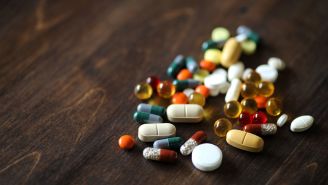
article
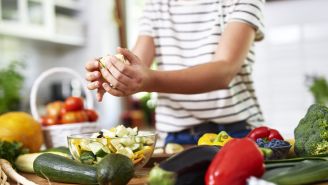
slideshow


video


video
